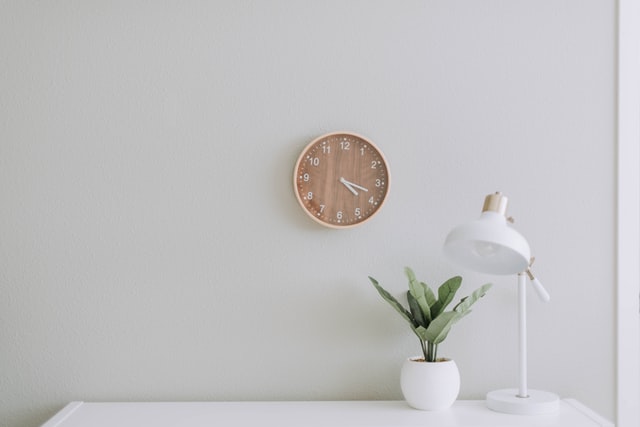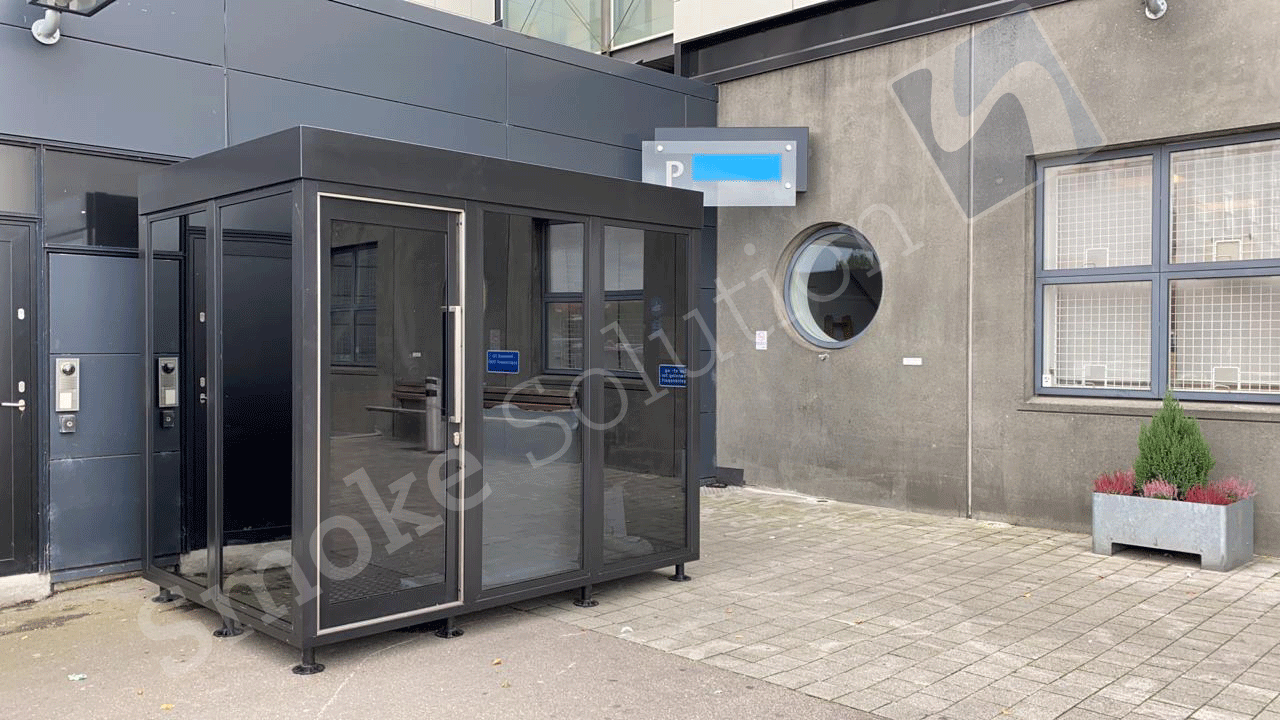Nobody wants to breathe polluted air, but they have no idea that the air they breathed in inside their home are contaminated to many pollutants. It is sad to be true, but the indoor air quality is 10 times worse than the outdoor air quality.
Since we spent 80% of our times indoor, there is a high chance that we breathed polluted air every day and infected our lung with pollutants that can impact to our health.
3 Common Indoor Air Pollutants
1. Particulates
If you use alternative heating coal such as wood stove, then you are exposed to the smoke particulates every day. The particulates in the smoke can fly in the air and inhaled to your lungs. It can absorb to your lung and damaging it.
2. Tobacco
If you are a smoker or live with a smoker, chances of compounds and chemicals in your indoor air are heavily high. The only solution to avoid this is to make your home smoke-free and do not let anyone smoke inside your house.
3. Volatiles
You may not know about this, but, your cleaning products, hairsprays, paints, fabrics are the sources of volatile organic compounds. You can reduce the uses of hairsprays to protect yourself from the exposure of pollutants.
These indoor air pollutants are dangerous to our health. You can protect yourself and your family by cleaning-up your house regularly, let the window open to circulate the air or installing an air purifier in your living room or your bedroom to keep your indoor air fresh.


